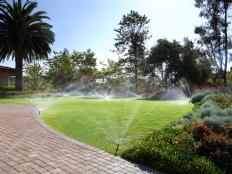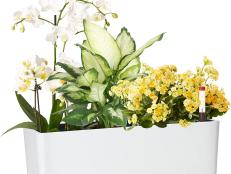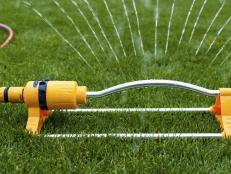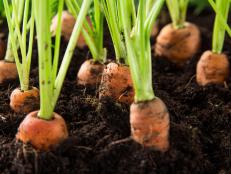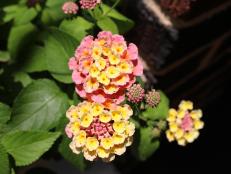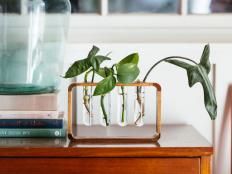How to Garden in Just 15 Minutes a Day
No time to garden? Learn 10 easy tricks to multiply minutes in the garden.

Julie Martens Forney
Think you’re too busy to garden? If you can squeeze 15 minutes out of a day, you can accomplish many necessary garden chores and be on your way to your own greenthumb paradise.
The secret to growing a garden without giving up every weekend is to apply time management principles. Those same skills you use to manage your daily workload at the office and a jam-packed family schedule can put a beautiful garden within reach, even if you only have 15 minutes a day. How do you make it work? Try these tips to get started.
1: Think Small
Gardening seems overwhelming when you look at the big picture—trimming shrubs, staking vegetables, pulling weeds, deadheading perennials, adding mulch and so on. The first step to gardening in 15 minutes a day is to break up the big picture into small tasks. Make lists of things to help you stay on track. When you head outside, set a timer for 15 minutes and work as hard as you can until it sounds.
2: Organize Tools
The next key to success is organizing tools and keeping the ones you use most handy. Stash tools in a small bucket you can carry, or keep them in the garden, tucked inside a strategically placed mailbox reserved for gardening. Include nitrile gloves in your tool kit. When you’re gardening for 15 minutes, gloves keep hands from getting super dirty, which demands a major, time-consuming wash-up. With gloves, when 15 minutes is up, simply peel off the gloves, do a quick hand wash, and you’re good to go.
3: Plant Smart
Do your homework when adding plants to your garden. Put the right plant in the right place, and they’ll grow at their best without major pampering. The dooryard garden (top) features time-saving plantings of self-sowing annuals. Many of the flowers shown sprout on their own each year, including plants like sweet alyssum, johnny jump-up, black-eyed susan and snapdragon. A few well-placed perennials, such as purple coneflower, also add reliable color to the garden.
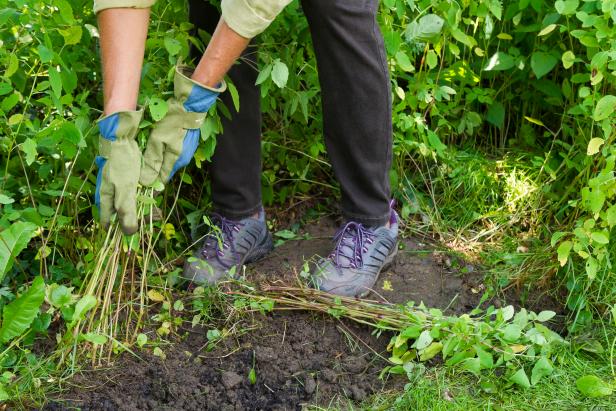
Preen.com
4: Pull Weeds
Left alone, weeds quickly overtake a garden. When weeds are flourishing, target different areas of your yard for 15 minutes a day over the course of a week or two, and you’ll see a major improvement.
5: Snip & Pick
Remove spent blooms and pick ripe produce every other day. It may not take a full 15 minutes, which frees you up to take on other tasks, like weeding or watering. By checking plants frequently through the week, you prevent a dedicated day of deadheading. If you have multiple planting beds, deadhead the same plant in each bed in the same 15-minute window. For example, if butterfly weed is setting seed, visit all of your yard’s butterfly weed to remove seedheads and keep the blossoms coming.
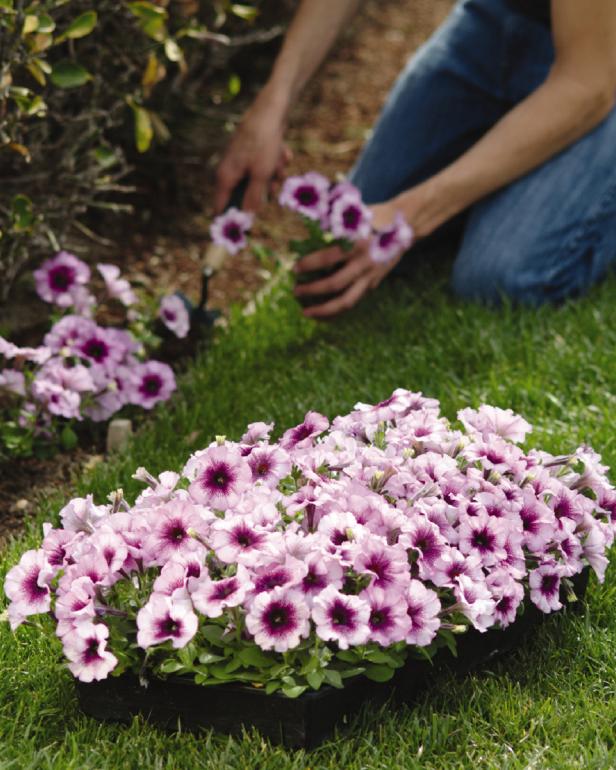
Ball Horticultural Company
6: Keep Planting
Instead of waiting to plant all your pots or vegetables at once, plant as you purchase. For containers, tuck a few plants into a pot and add the missing ones a few days later. By planting in short spurts, you avoid having to water plants in nursery pots for days (or weeks) and may have fewer aching muscles from a weekend-long planting marathon.
7: Walk Daily
Spend time in your garden every day, if possible. Whether it’s while you're sipping your morning coffee or taking an after supper stroll, use those visits to gauge what’s happening and guide your next 15-minute work window. Note faded flowers, pest outbreaks, plants that need to be staked, wildlife damage and sprouting weeds. You can even use these walks to do a little deadheading or weeding—just grab your handy tools and go to it.

Julie Martens Forney
8: Water Wisely
Efficient, affordable watering equipment is available for every type of garden. Drip systems for pots and soaker hoses for raised beds make watering a hands-free affair. To make container watering easier, arrange pots so they’re close to one another. Keep a hose handy; add a splitter to your faucet to attach several hoses to the same spigot. At the end of watering, fill buckets or watering cans so they’re ready to go the next time.
9: Use Mulch
Mulch is the single most important item in terms of making gardening easier. It reduces time spent watering because it helps soil stay moist. It reduces time spent weeding because it helps keep weeds from germinating. Cover all planting beds with three inches of mulch. Tackle mulching in 15 minutes a day if you have a small garden. For larger gardens, you may need a weekend to finish the job. Make this task easier by working with neighbors to mulch as a team, doing several yards together.
10: Honor Nature
The natural world does have some timelines that are best honored. For instance, frost dates and dormant periods are facts, sort of like gravity. Plant too early, and frost may wipe out your garden, forcing you to re-plant. Plant too late, and you may not get any yummy watermelons. Incorporate these timely garden tasks into your calendar. Deadlines vary based on region, but associating them with holidays makes them easier to remember. Aim to complete dormant pruning by Valentine’s Day (warmer regions) or St. Patrick’s Day (colder regions). If you’re a spring mulcher, get it done by Easter (warm areas) or Flag Day (cool areas). Wrap up summer pruning by July 4. Finesse your timing by talking with master gardeners or your local extension office.







